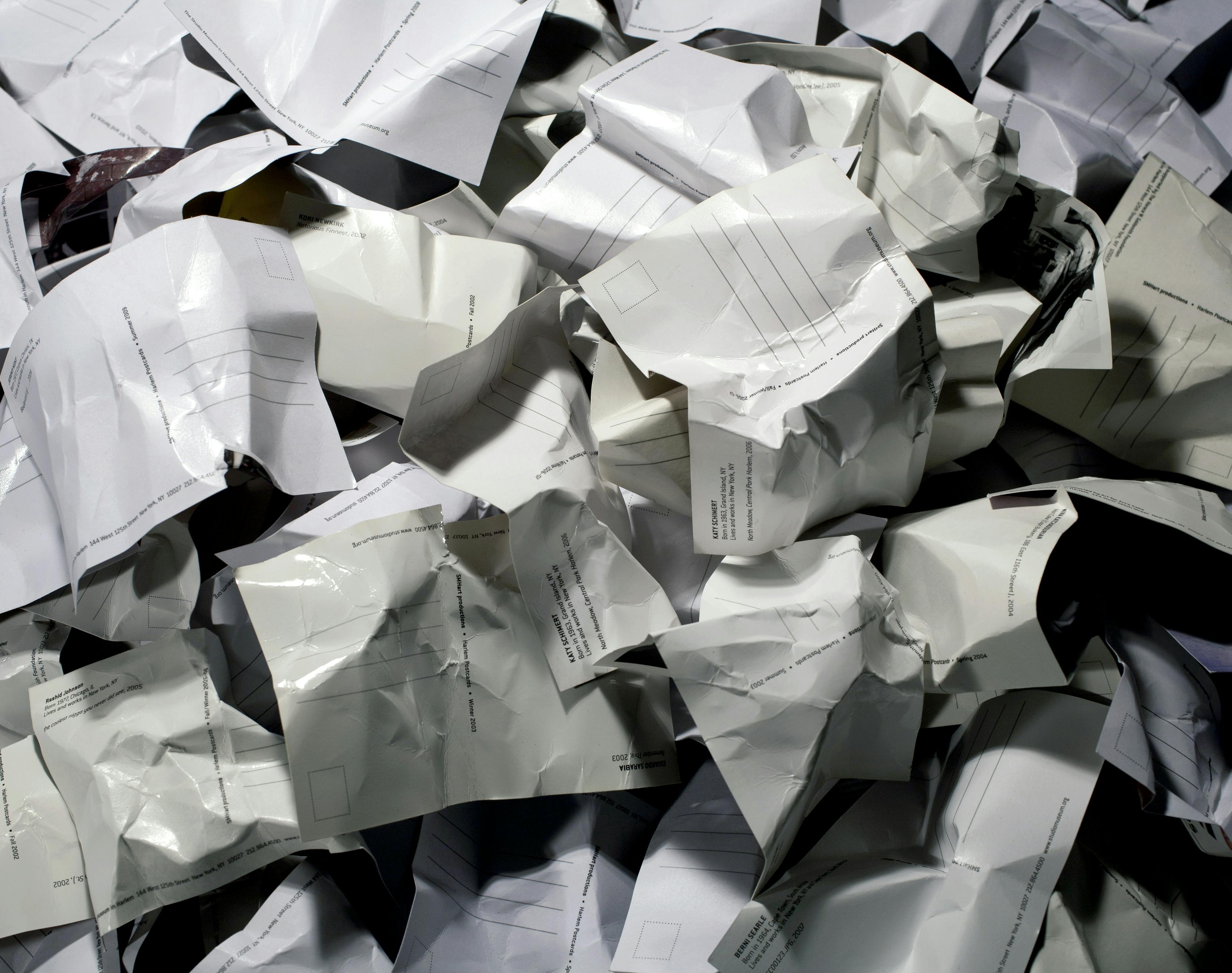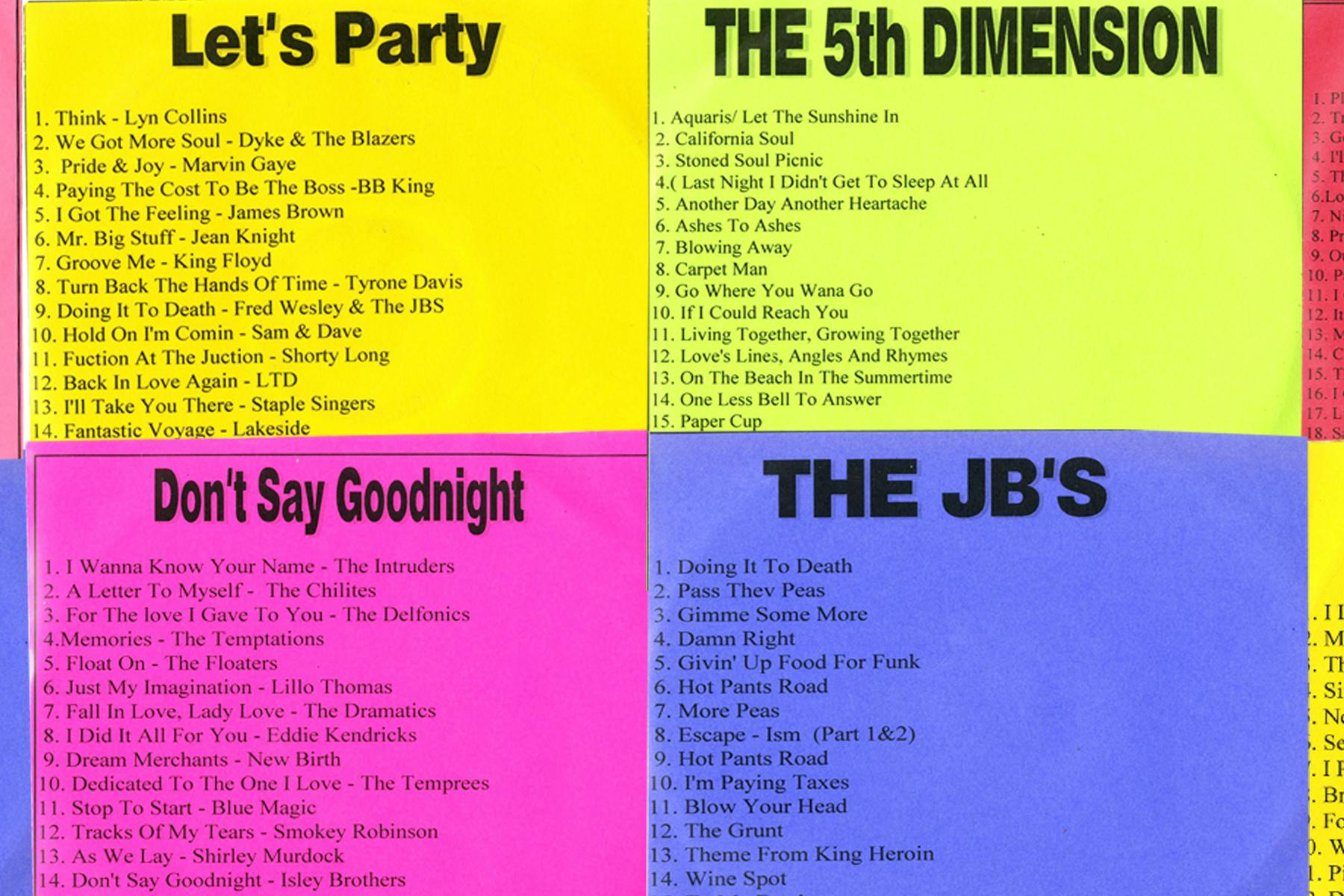Harlem Postcards Summer 2012
06.14-10.21.2012


For Harlem Postcards, I decided to concentrate on the physicality of the existing postcard archive. Acknowledging the artists who have participated before me, I photographed the crumpled up backs of postcards to emphasize the ephemeral nature of printed matter. As a Californian, I’ve learned about Harlem primarily through what I have seen, read and heard, rather than experienced. So I wanted to stay away from a more conventional approach to documenting a place I know only as an imaginary version of itself. Rephotographing the backs of the previous postcards brings physical attention to past efforts to capture a photographic sense of Harlem, and it is these instances I want to bring to the forefront— documents of imaginings of Harlem that have come before me.

For twelve years I’ve lived in an apartment overlooking Trinity Cemetery. I watch it change from twig-brown and snow-dusted in winter, to delicate green in spring, and finally to a burst of dense
emerald puffs of foliage by summer. When the trees are bare, you can see how the cemetery is laid out in a spiral formation cut into a mound, a little like Bruegel’s The Tower of Babel. By summer, this structural view is obliterated by the intense proliferation of vegetation, and if you walk there on a hot day you might mistake this tiny patch of land for jungle, so thick is the tangle of vines and ivy, so deafening the chants of cicadas and crows. Trinity, dense with avian life, is also home to many hawks. John James Audubon, the bird-man, is buried here, as is Ralph Ellison. That day, thinking of Harlem’s rich literary history, I sought out his grave.

Commodity culture in Harlem is rich with merchants and artisans selling a vivid assortment of incense, oils, art, jewelry, clothing and mix CDs. Some merchants sell “Best Of” CDs alongside personalized soundtracks that embody the moods of barbeques, love-making and catching the Holy Ghost. Song lists become recipes to attain the idealized experiences of the titles, for a dollar: “Don’t Say Goodnight,” “The Glory of Black Gospel,” “Turn Off the Lights, Mix II,” “Let’s Party.” An older man near 125th Street and Frederick Douglass Boulevard tiled his mixes atop a picnic table. I bought twenty. He became fixated on all twenty as a collective, smiled and promised me a good night.
Harlem Postcards Summer 2012
06.14-10.21.2012


For Harlem Postcards, I decided to concentrate on the physicality of the existing postcard archive. Acknowledging the artists who have participated before me, I photographed the crumpled up backs of postcards to emphasize the ephemeral nature of printed matter. As a Californian, I’ve learned about Harlem primarily through what I have seen, read and heard, rather than experienced. So I wanted to stay away from a more conventional approach to documenting a place I know only as an imaginary version of itself. Rephotographing the backs of the previous postcards brings physical attention to past efforts to capture a photographic sense of Harlem, and it is these instances I want to bring to the forefront— documents of imaginings of Harlem that have come before me.

For twelve years I’ve lived in an apartment overlooking Trinity Cemetery. I watch it change from twig-brown and snow-dusted in winter, to delicate green in spring, and finally to a burst of dense
emerald puffs of foliage by summer. When the trees are bare, you can see how the cemetery is laid out in a spiral formation cut into a mound, a little like Bruegel’s The Tower of Babel. By summer, this structural view is obliterated by the intense proliferation of vegetation, and if you walk there on a hot day you might mistake this tiny patch of land for jungle, so thick is the tangle of vines and ivy, so deafening the chants of cicadas and crows. Trinity, dense with avian life, is also home to many hawks. John James Audubon, the bird-man, is buried here, as is Ralph Ellison. That day, thinking of Harlem’s rich literary history, I sought out his grave.

Commodity culture in Harlem is rich with merchants and artisans selling a vivid assortment of incense, oils, art, jewelry, clothing and mix CDs. Some merchants sell “Best Of” CDs alongside personalized soundtracks that embody the moods of barbeques, love-making and catching the Holy Ghost. Song lists become recipes to attain the idealized experiences of the titles, for a dollar: “Don’t Say Goodnight,” “The Glory of Black Gospel,” “Turn Off the Lights, Mix II,” “Let’s Party.” An older man near 125th Street and Frederick Douglass Boulevard tiled his mixes atop a picnic table. I bought twenty. He became fixated on all twenty as a collective, smiled and promised me a good night.
